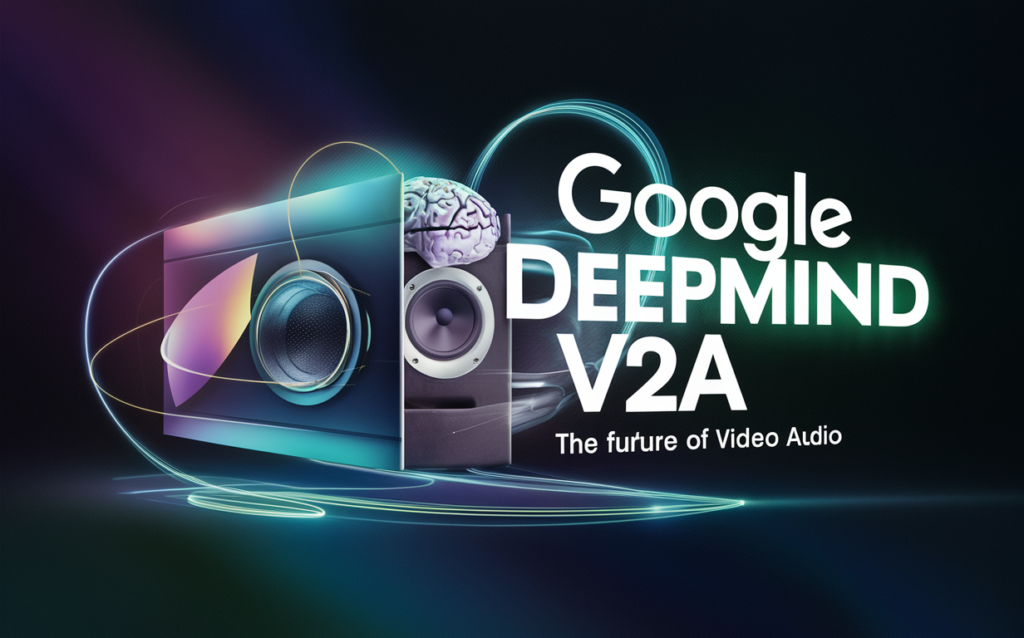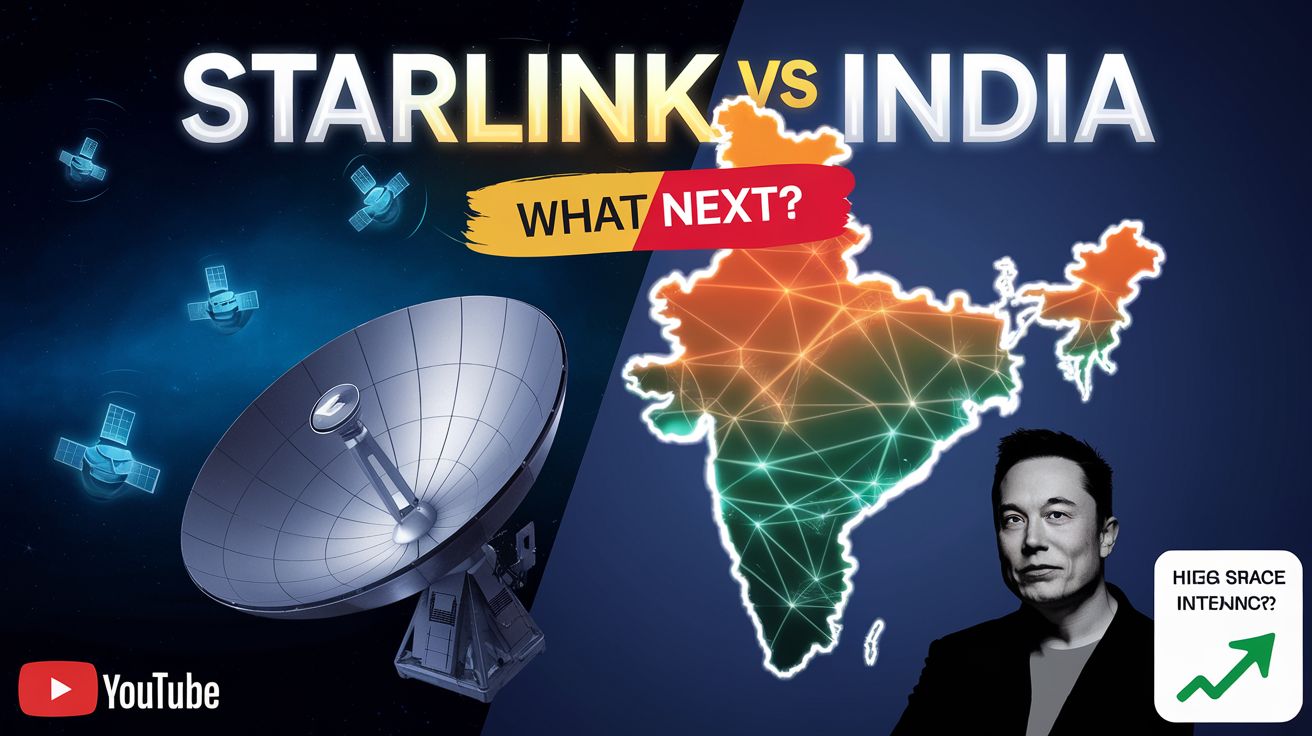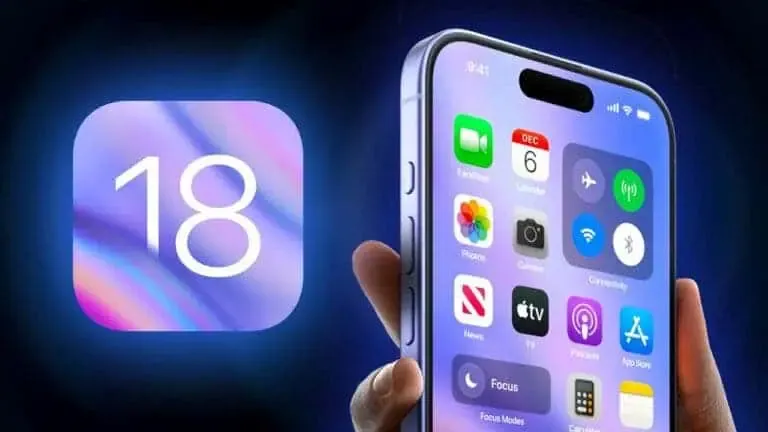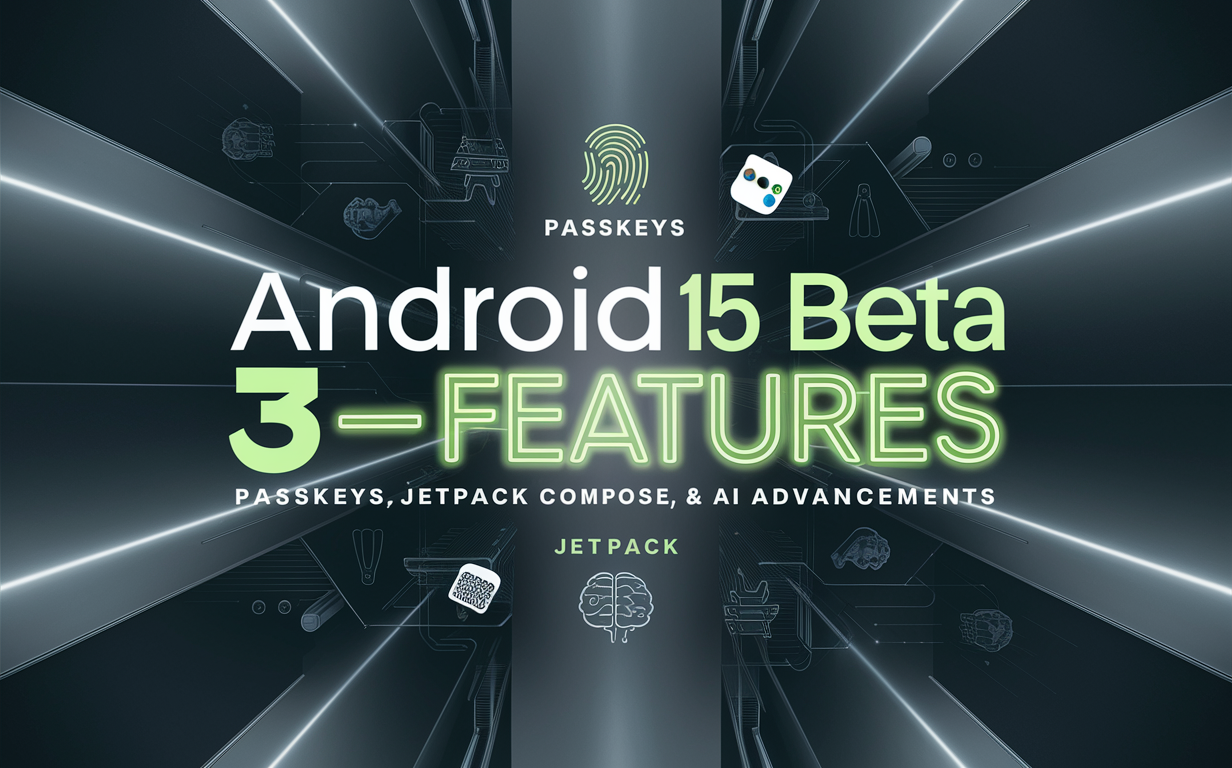Google DeepMind V2A: DeepMind, the renowned artificial intelligence research laboratory, has introduced a groundbreaking technology known as V2A, which stands for “Video to Audio.” This innovative system is designed to generate high-quality, synchronized audio elements for videos, including soundtracks, sound effects, and dialogue. V2A has the potential to revolutionize the way audio is integrated into video content, offering a new level of realism and immersion.

How V2A Works
V2A leverages a diffusion-based model for audio generation, which DeepMind found to be the most effective approach for producing compelling and realistic audio that aligns seamlessly with video footage. The process begins by encoding the video input into a compressed representation. The diffusion model then iteratively refines the audio from random noise, guided by both the visual data and natural language prompts provided by the user. This allows V2A to generate audio that closely matches the desired mood, tone, and content of the video.
To further enhance the quality and give users more control over the generated audio, DeepMind has incorporated additional training data, such as AI-generated audio annotations and dialogue transcripts. By learning from this additional context, V2A can better associate specific sounds with corresponding visual scenes while also responding to information provided in the annotations or transcripts.
Applications and Potential Impact
The potential applications of V2A are vast and varied. It can be used to:
- Generate soundtracks for silent films: V2A can breathe new life into classic silent films by adding dynamic scores and sound effects that enhance the viewing experience.
- Enhance archival footage: Historical reels and documentaries can be made more engaging and informative with the addition of relevant sound effects and dialogue.
- Create entire movies from scratch: V2A could revolutionize filmmaking by allowing creators to generate entire movies with perfectly synced audio and visuals using only text prompts and AI.
- Improve accessibility: V2A could be used to generate audio descriptions for videos, making them more accessible to visually impaired individuals.
- Personalize audio experiences: V2A could allow users to customize the audio for existing videos based on their preferences.
However, the widespread adoption of V2A could also have significant implications for industries like film, television, and others involved in audiovisual production. If AI can generate high-quality audio and video content at scale, there are concerns about job displacement for human creators and professionals in these fields. Deep Mind is aware of these concerns and is committed to taking a responsible approach to AI development.
Technical Challenges and Limitations
While V2A is a remarkable technological achievement, it still faces some challenges. For instance, the audio quality can be affected if the input video contains artifacts or distortions not encountered during training. Additionally, achieving perfect lip-syncing for generated speech remains a challenge when the underlying video model isn’t conditioned on transcripts. Deep Mind is actively working to address these issues through ongoing research and development.
Responsible AI Development
Deep Mind recognizes the importance of responsible AI development and deployment. The company is committed to gathering feedback from diverse creators and filmmakers, implementing synthetic watermarking to prevent misuse, and conducting rigorous safety assessments before considering any public release.
V2A vs. Traditional Audio Production: A Head-to-Head
| Feature | DeepMind V2A | Traditional Audio Production |
| Speed | Minutes or hours | Days or weeks |
| Cost | Potentially much lower | Can be very expensive |
| Flexibility | Highly adaptable | Limited by human skill and experience |
| Scalability | Easily handles large volumes of video | Time-consuming and labor-intensive |
What the Future Holds
While V2A is incredibly exciting, DeepMind is also approaching it with caution. They know AI has the power to change the world, and they want to do it responsibly. They’re working with filmmakers and creators to make sure V2A is used in a way that benefits everyone.
Conclusion
Google DeepMind V2A is a groundbreaking technology with the potential to transform the way we create and experience audio in video content. While challenges and ethical considerations remain, the future of V2A and AI-generated audio is incredibly promising.









